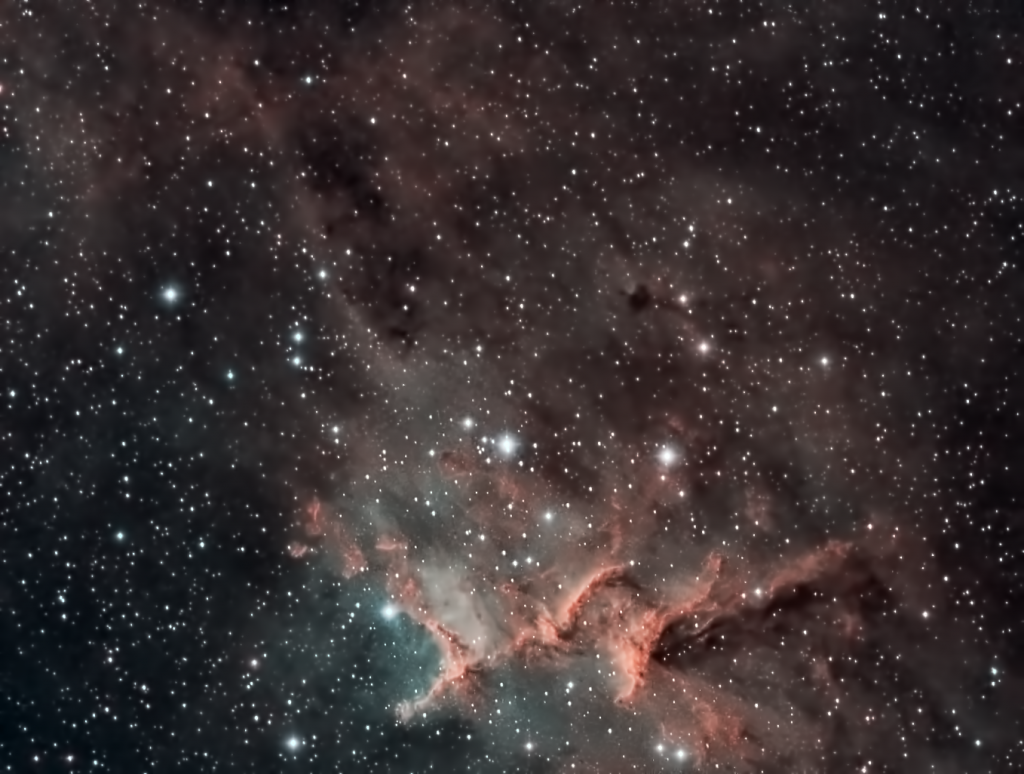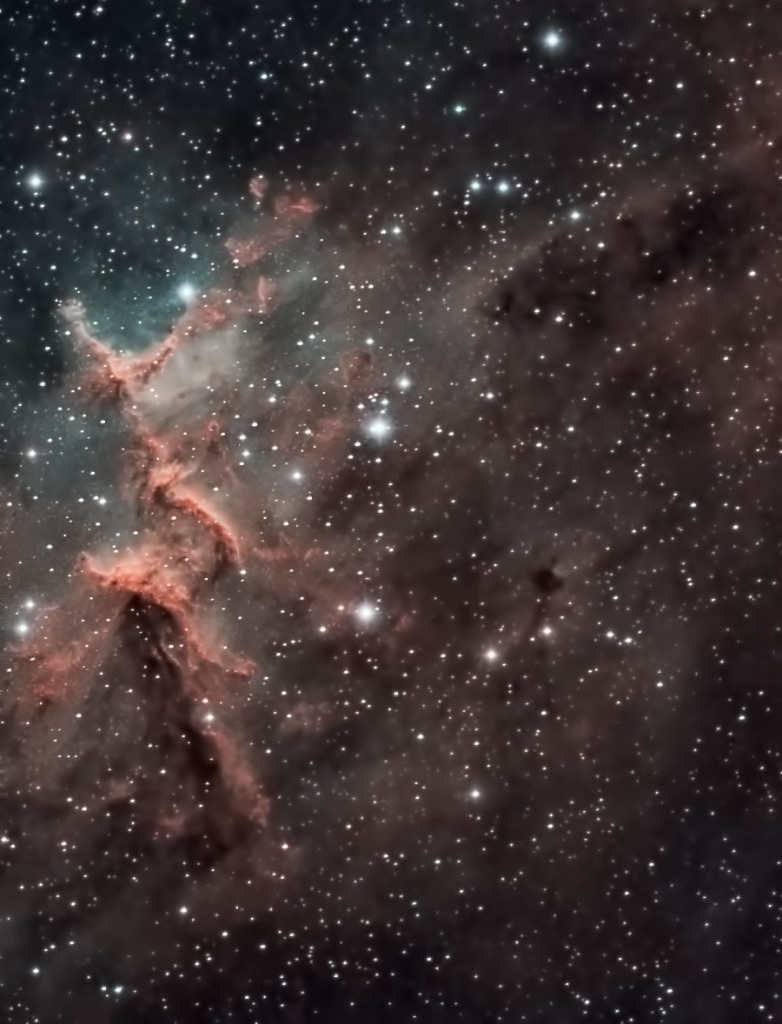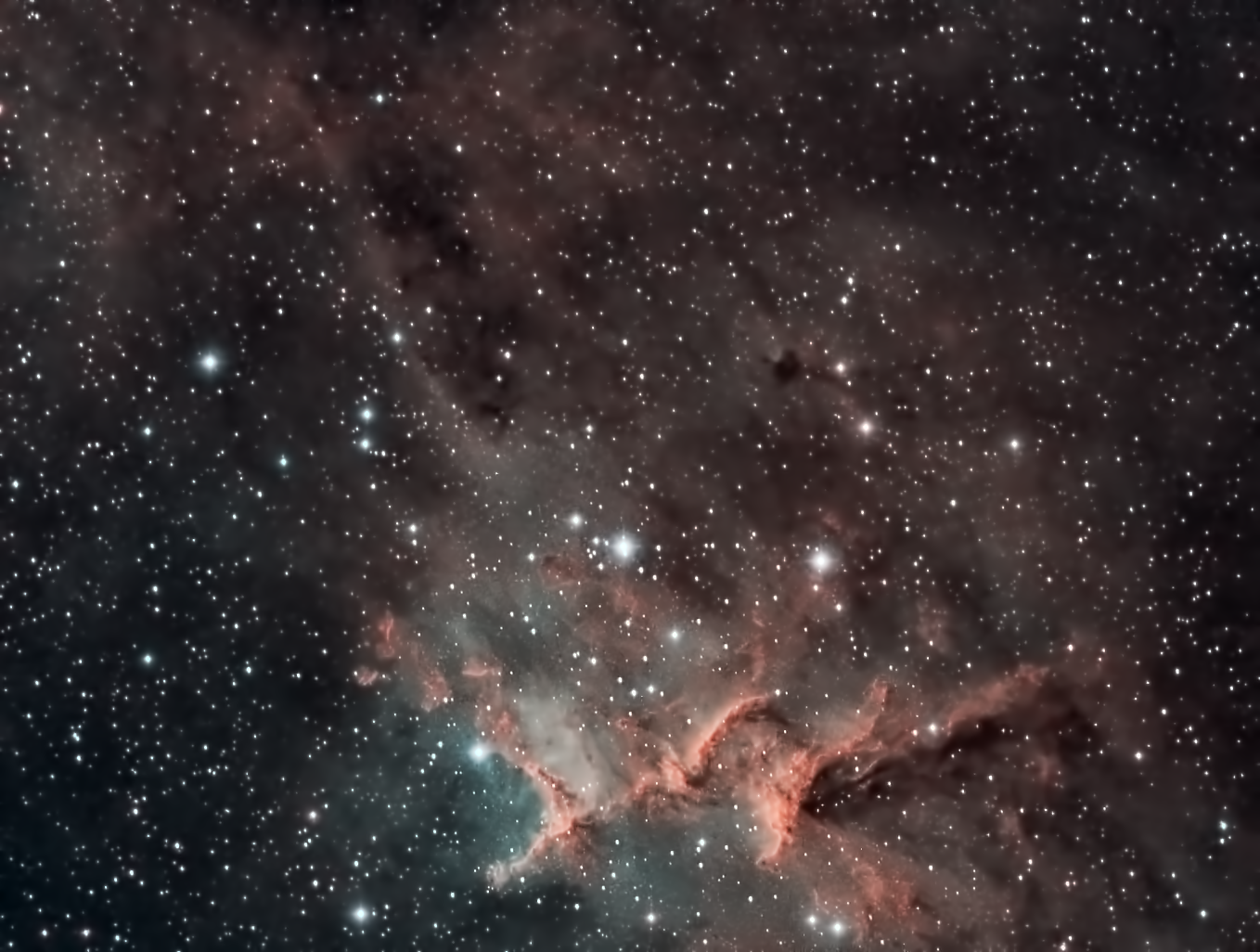
Similar Posts
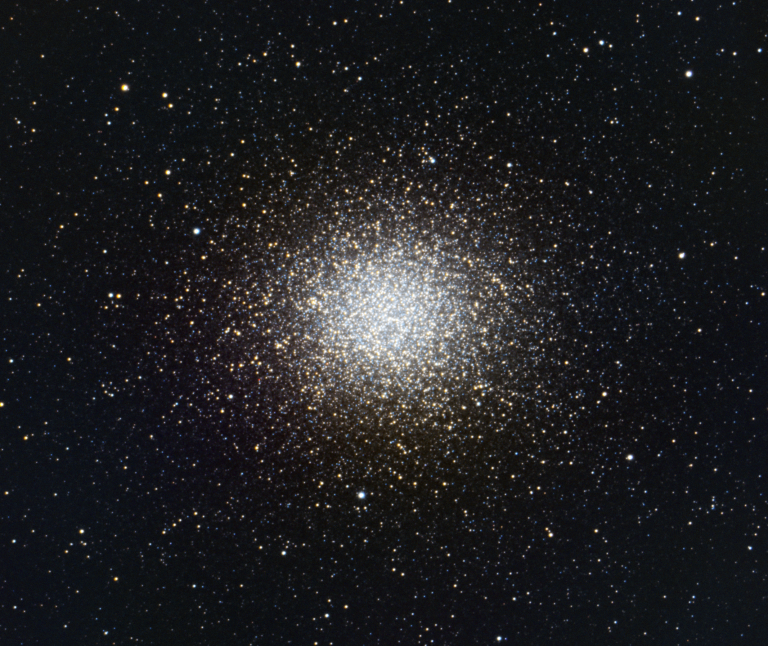
Omega Centauri – the biggest globular cluster, or is it something else?
This object was a real challenge to image. From central Florida, it only rises 13 degrees above the horizon, deep within the light-polluted murk of my Southern sky. Omega Centauri is a Southern hemisphere object, so capturing it from the Northern hemisphere requires effort. It’s worth it though – this is one of the most…
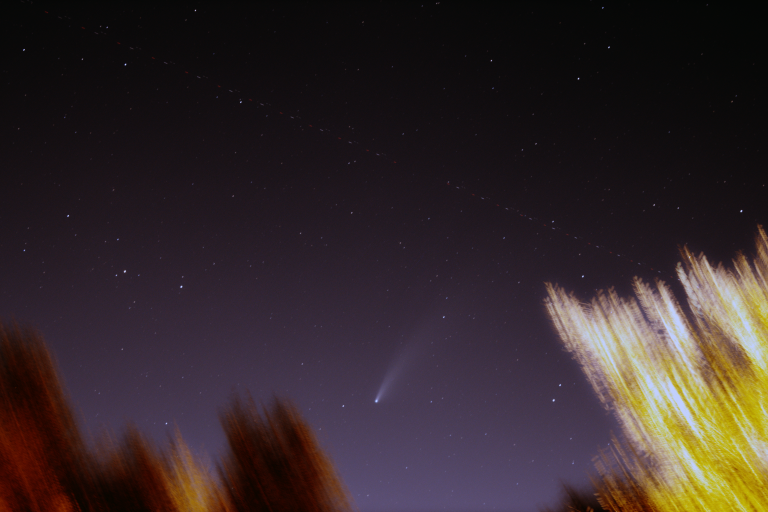
Comet hunting!
There’s a comet in the sky! They don’t appear this bright very often, so don’t miss what could be a once-in-a-lifetime chance to see a comet with your own eyes. It’s tough to spot here in suburbia with your eyes, but it’s easy to see with binoculars. Its official name is C/2020 F3 NEOWISE. Just…
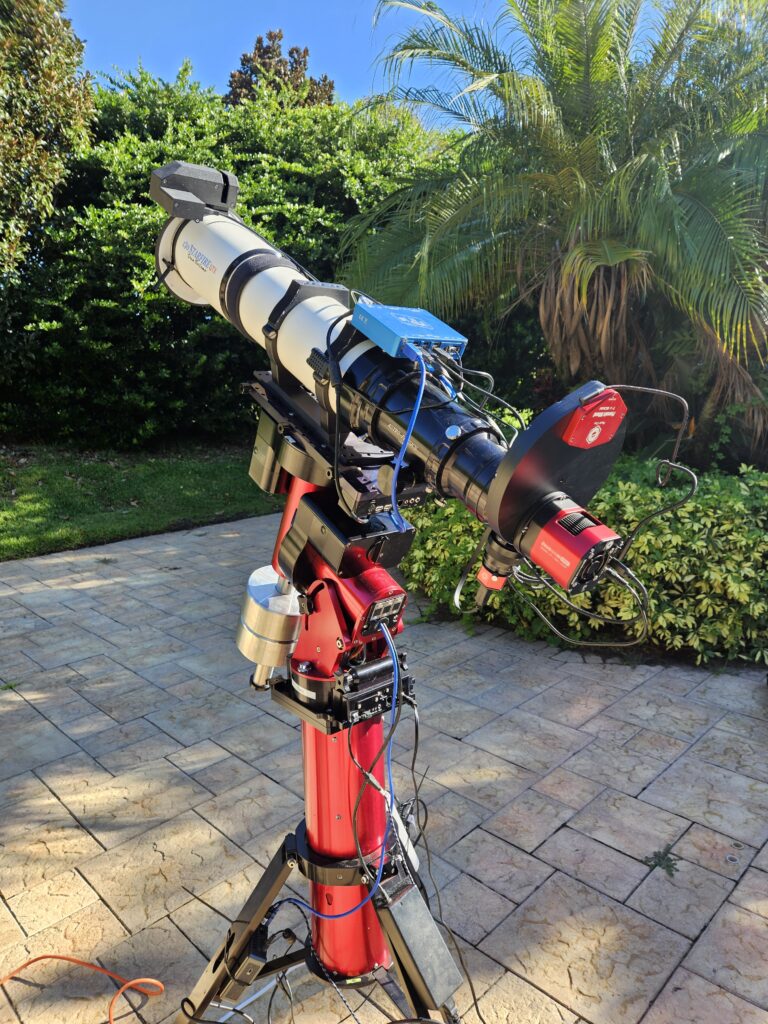
Introducing: Son of Scopey McScopeFace!
There’s a reason I’ve been quiet lately – we sold our house and are in the process of moving to Los Angeles! Also, Florida’s weather hasn’t been terribly cooperative either. The sad news is that we had to leave the observatory behind, and I donated its equipment to the Central Florida Astronomical Society, as LA…

Light pollution: dealing with it.
(Image credit: ddmitr, iStockPhoto.com) Every picture on this site was taken from a suburban driveway in a “red zone” on the light pollution map, literally underneath a streetlight. Every year more subdivisions and apartment buildings spring up in my city, and light pollution from the metro Orlando area just keeps getting worse. There are four…
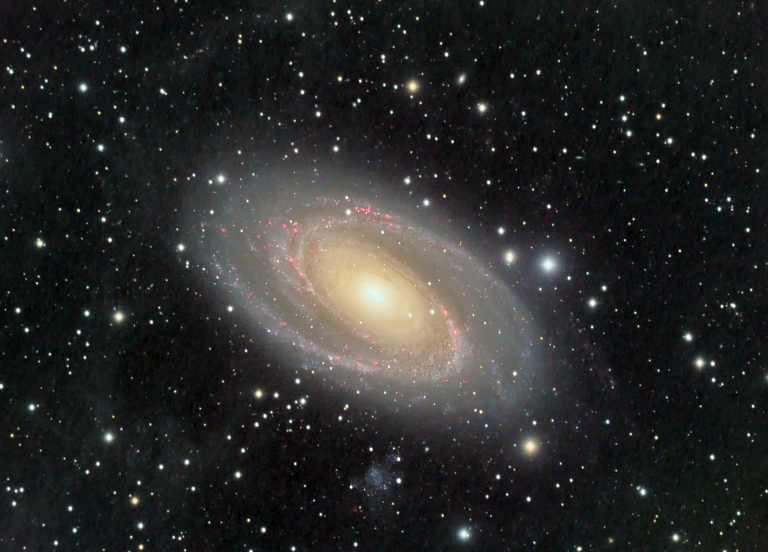
Another year, another Bode’s Galaxy image
Every year I try to take a better image of M81, Bode’s Galaxy. It’s located about 12 million light-years away, which is unfathomably far but close by galactic standards. Look closely, and you’ll see a faint splotchiness in the background. This is the Integrated Flux Nebula (IFN,) composed of gases that lie just outside of…
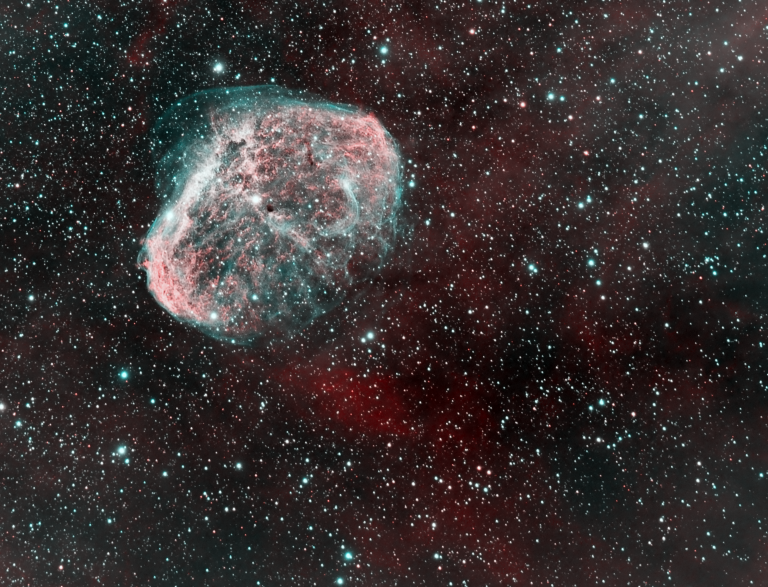
Revisiting the Crescent Nebula
I’ve imaged this one before, but for whatever reason I picked up way more detail on it last night. Part of it’s a better camera and better tracking on the telescope mount, but I think conditions may have just been really awesome last night. It’s not normal to have this many good nights for astrophotography…

